7 Scary Christmas Characters That Will Haunt Your Dreams
These Christmas legends from around the world are so sinister, you'll want to be good, for goodness' sake!
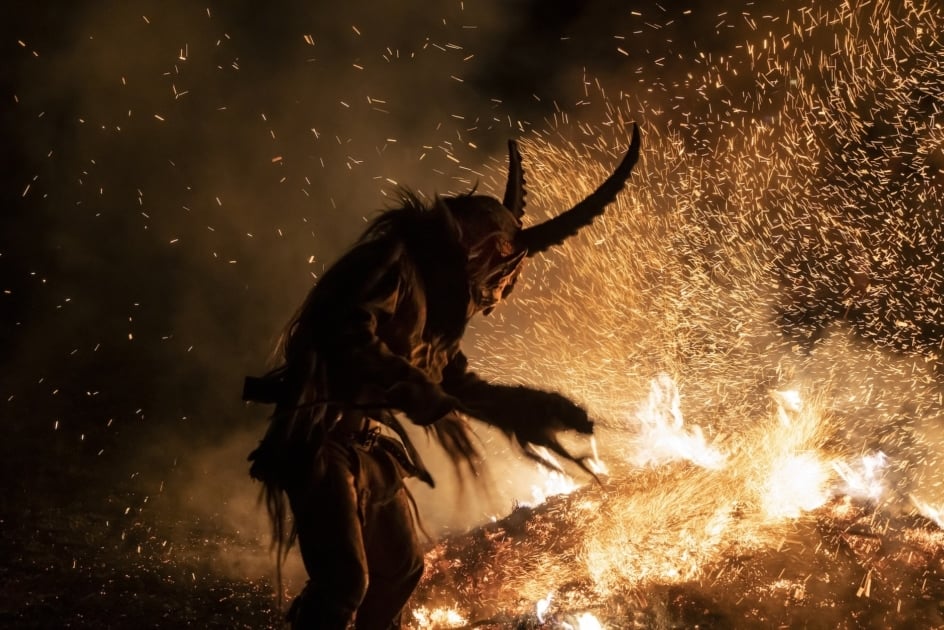
At Christmastime, we celebrate good tidings, cheer, and goodwill toward men. But some traditions of the season haven’t always been about twinkling lights, jingle bells, and jolly St. Nick. In fact, there are some Christmas characters that are more menacing than merry.
End-of-Harvest Legends and Lore
For centuries, pre-Christian cultures celebrated the end of the harvest in the darkest days of the year with raucous celebrations, and some truly terrifying characters from their religious and cultural heritage became part of them. With the long nights, it was natural to believe the veil between this world and others was thinnest, allowing these creatures to interact with us on good—or malevolent—levels.
As Christianity spread, some of these legends softened over the years, making them more palatable to followers of the new faith. But in the hearts of many people throughout Europe the belief in the old characters still remained. So while St. Nicholas visits on Christmas Eve, ancient creatures of Europe’s forests and mountains play a hand in teaching young children how to be on their best behavior.
7 scary Christmas Characters
Here’s a look at seven of these truly terrifying Christmas characters that will ensure “you better be good, for goodness’ sake”!
1. Krampus
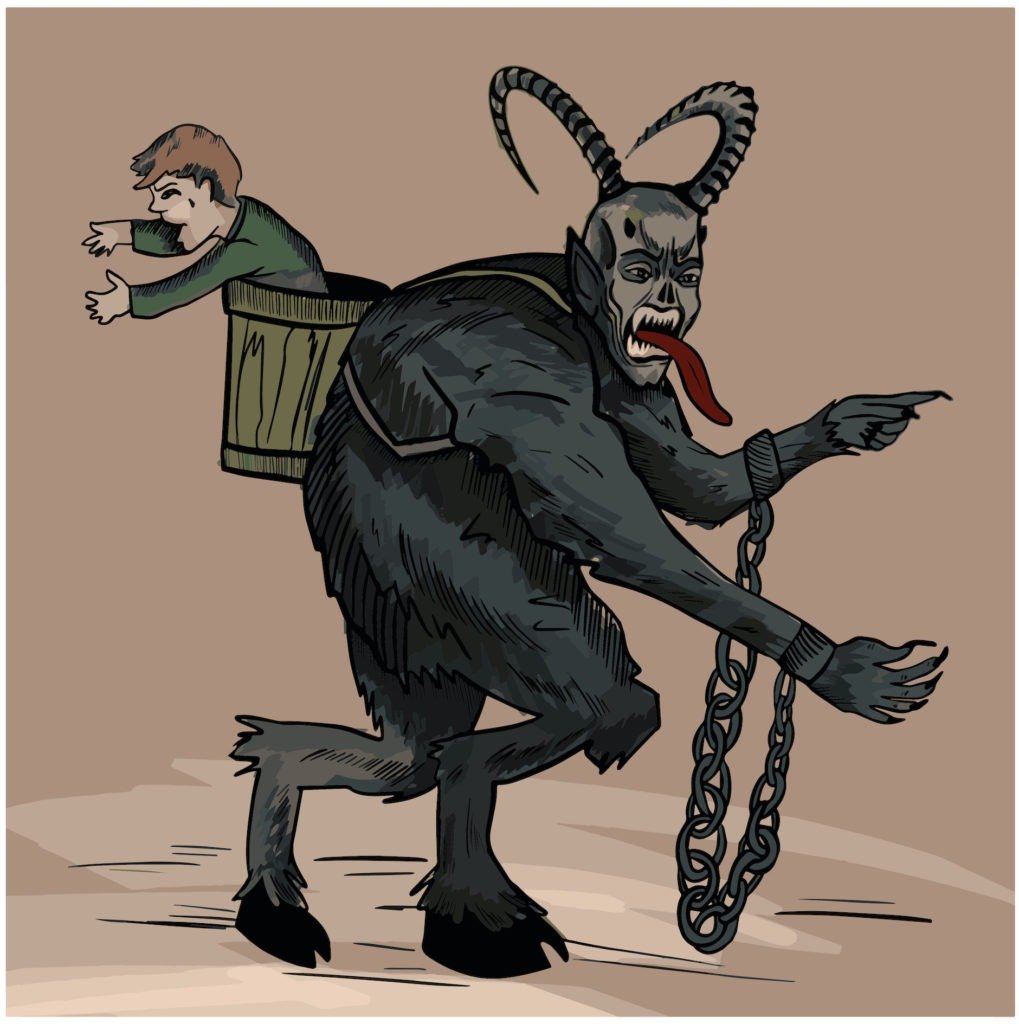
The Germans don’t mess around when it comes to bad behavior. According to the modern story, on December 5, St. Nicholas Eve, jolly old St. Nick leaves candy and gifts in children’s shoes while Krampus tags behind and gives out punishment to those who misbehave.
This devilish looking half-goat, half-man creature with dark, shaggy hair, horns, fangs, and cloven hooves is derived from the German word krampen, which translates to “claw.” Krampus has actually has been a part of the seasonal story since pre-Germanic traditions, and held his own despite an initial push to banish this pagan emblem from the now-Christian celebration.
The tradition that St. Nicholas leaves coal to naughty children is nothing compared to Krampus’s job. For more serious offenders, he would swat them with birch sticks or stuff them in his sack to take away.
Today, a parade of sometimes hundreds of Krampuses raise a ruckus during the Krampuslauf (Krampus Run) in many Central and Eastern European countries.
2. Belsnickel
Belsnickel was another helpful character to St. Nicholas, although instead of accompanying him on his rounds, the fur clad and short-tempered man visited the children beforehand to whip them into shape. Instead of sneaking down the chimney, Belsnickel rapped on the window and shook his bells, carrying a sack with candy in one hand and a switch in the other.
Even though children often proclaimed that they’ve been good all year, he’d ask them to recite a poem or Bible verse, and those who stumbled or behaved badly were whacked with the stick to remind them to change their ways. Originating in the southwestern Germany, France, and Switzerland region, the tradition of Belsnickel followed emigrants to the Pennsylvania Dutch communities in the New World where they still celebrate this slightly terrifying character.
3. Frau Perchta
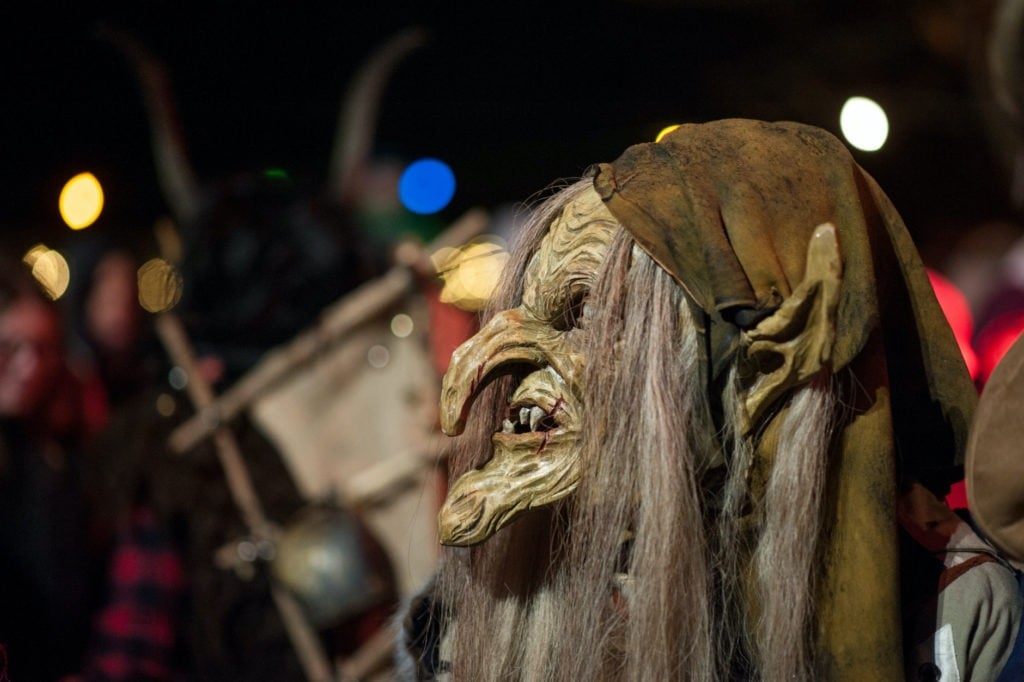
During the last three Thursdays before Christmas, it is believed Frau Perchta flies through the air on her Wild Hunt with demon-like creatures and lost souls for her companions. Virtually unknown in the West, this “Witch of Christmas” originates from the German-Austrian region, dating back centuries prior to the arrival of Christianity.
With the appearance of a ragged old crone, complete with the long, hooked nose, she has a rightfully frightening face, which is well to heed because Perchta means business. If someone behaved well, they received a silver coin as a reward. But for unruly children, or even women who didn’t keep a tidy home or still had unspun flax by the Twelfth Night, she’d cut open their abdomen with the long knife she kept underneath her skirt and replace their innards with pebbles or straw.
Another tradition of the day was for the family to eat a special porridge called Perchtenmilch, setting out a portion for her to eat the night she visits. And you better make sure it was hot with butter, as it is not wise to trifle with Frau Perchta!
4. Mari Lwyd
In Wales, between Christmas and the Twelfth Night (January 6), a knock on the door might result in a challenge of rhymes or song from a spectacle of a hooded horse skull decked out in ribbons, bells, and baubles. Translated as “grey mare,” Mari Lwyd is a tradition whose origins are unknown, although most believe it dates long before Christianity. Even so, throughout the years an association developed with Mary, the Blessed Mother, on her journey into Bethlehem to give birth to Jesus.
As the Mari Lwyd and cohorts travel through a town with a group of revelers, they stop at various homes to trade songs and, teasingly, somewhat rude verses. In the end, Mari Lwyd was welcomed into the house for cookies and ale, bringing good luck upon the household.
5. Grýla and Leppalúði, and their Yule Cat
As if a pair of cannibalistic trolls and their 13 mischievous offspring, weren’t terrifying enough, this family has the cat from Hell in otherwise idyllic Iceland.
As the legend goes, every Christmas, Gryla, the 13-tailed, horribly ugly matron, and her husband, Leppalúði, descend from their mountain home scouring the countryside looking for children to snatch up for a stew. Meanwhile, their maladjusted sons, known as the Yule Lads, take turns pulling pranks—or simply being mean—to children each day for the 13 days before Christmas.
As if this ogress mother and her kin are not enough, Jólakötturinn, the Yule Cat, pounces on and eats children who are not wearing new clothes because only good, industrious children earned this reward. This is why it is Icelandic tradition to receive an item of new clothing, even if it’s something as simple as socks, at Christmas.
6. La Befana
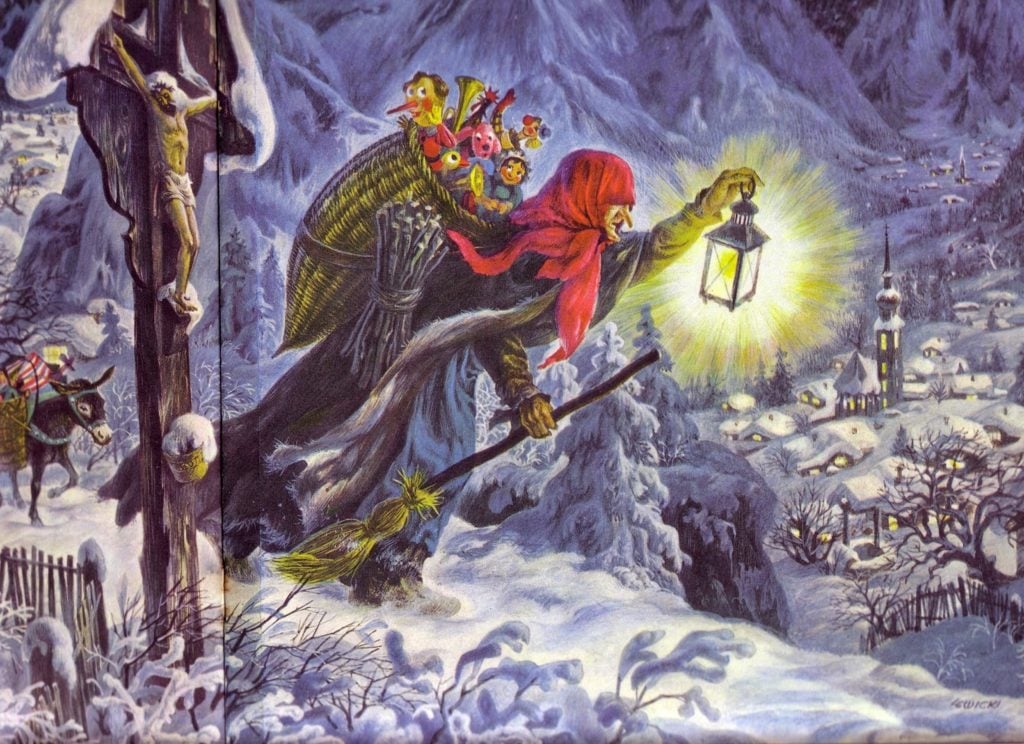
Painting by James Lewicki, from The Golden Book of Christmas Tales 1956.
Despite the classic long, hooked nose, warty skin, and soot-covered appearance, La Befana is Italy’s much-beloved witch who flies on her broom on Epiphany Eve (the night of January 5th), slipping candy into the stockings of good children and leaving coal or a stick to naughty ones.
According to the legend, when the Wise Men were on their journey to find baby Jesus, they invited this industrious old woman to join them. She declined because she felt she had too much housecleaning to do, yet shortly regretted her decision and set off to find them, visiting children along the way. Like St. Nicholas, it’s common to leave treats out for La Befana, although she prefers cookies and a small glass of wine.
7. Hans Trapp
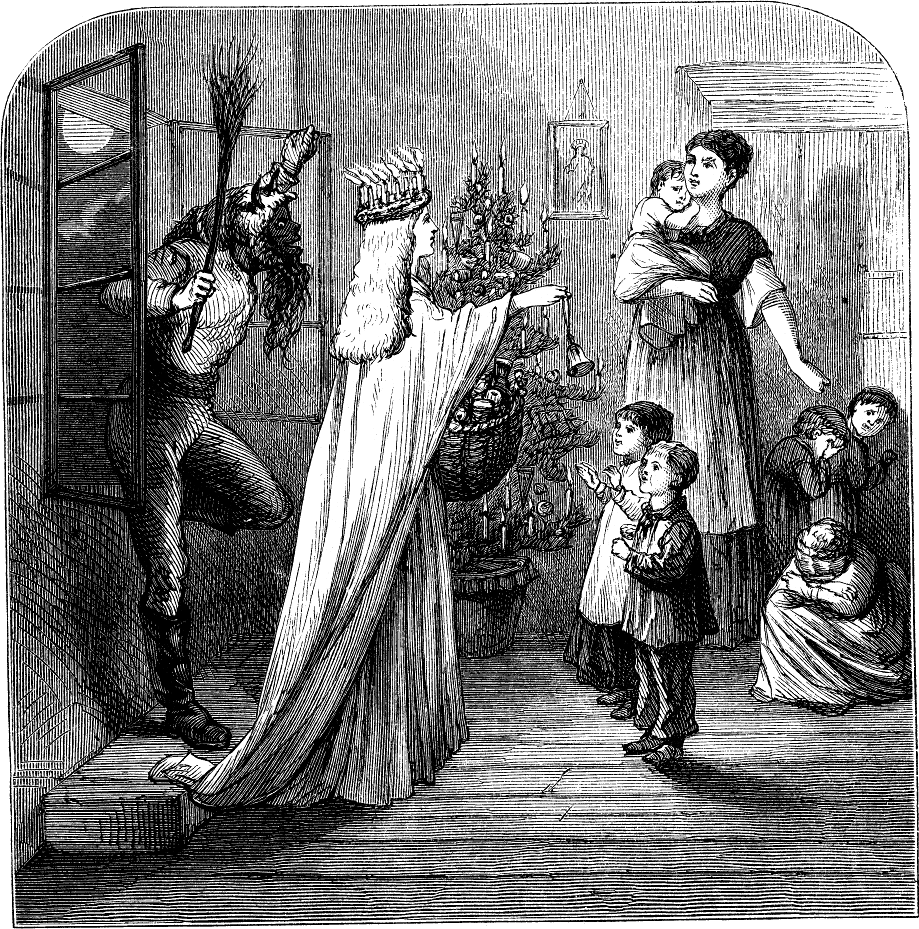
Originating in the Alsace-Lorraine region of France, close to the German border, Hans Trapp was the antithesis to modern day Santa. According to the legend, Trapp was a cruel and greedy man who was excommunicated by the Catholic Church for being in cahoots with the devil and, because of his misdeeds, he was ultimately ostracized from his town. He fled to the hills living as a hermit, but returned during these dark days of the year to punish disobedient children. Often depicted dressed as a scarecrow, he carries a sack to whisk away misbehaving rascals.
For now, we can take comfort in our character of Santa Claus, knowing that even with his new cohort Elf on the Shelf to help determine who’s naughty and who’s nice, nothing will scare children into good behavior as well as these ancient holiday characters.

Amy Grisak
Amy Grisak is a freelance writer, blogger, and photographer specializing in gardening, local food, and stories about her home state of Montana. She enjoys sharing her experiences with self-reliant living and outdoor recreation. Her article on the "hugelkultur" gardening technique appears in the 2021 Farmers' Almanac. You can follow her topics on her site, AmyGrisak.com.


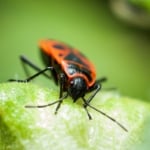

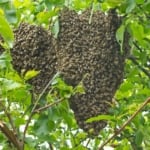

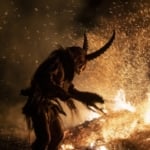





” krampen” doesn’t mean ” claw” but “rotten” in german. The Krampus is only common in Southern Germany. In the Northern parts ” Knecht Ruprecht” is known as a sidekick of St. Nikolaus.
Stop the notifacations
It’s interesting to learn of the history of Christmas prior to American created Santa folklore. Interesting